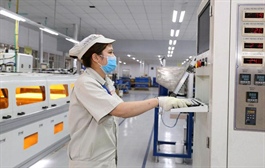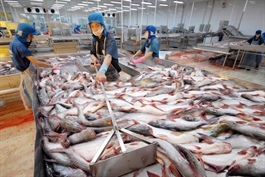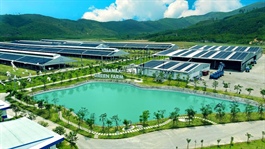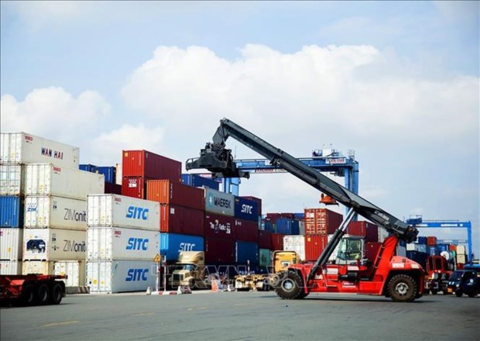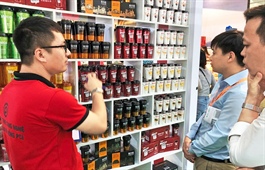Is there a possible scenario that chilled meat consumption in Vietnam resembles that in China?
Is there a possible scenario that chilled meat consumption in Vietnam resembles that in China?
The Organization for Economic Cooperation and Development (OECD) forecasts that pork consumption in Vietnam will grow 3.1 percent per year to around 3.4 million metric tons from 2022 to 2030, with the consumption of chilled meat increasing sharply thanks to the convenience and quality factors.
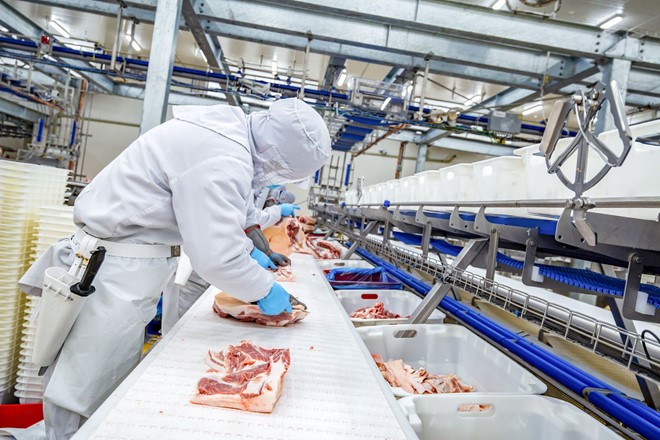
Masan MEATLife (MML)’s MEATDeli chilled meat is produced using European technology. Photo: MML
|
According to Euromonitor data cited by VNDirect Securities, the market value of all kinds of meat in Vietnam was about US$12.5 billion in 2021, of which pork accounted for 49.7 percent, poultry 23.4 percent, and beef 21.7 percent.
Many experts have predicted that the trend of higher meat consumption in Vietnam will be similar to that in China.
Consumption of chilled meat in China quadruples
According to a report by DBS Vickers Hong Kong Securities Company, the proportion of chilled meat consumption in China quadrupled to 34 percent from eight percent between 2008 and 2015.
This rapid growth reflected changes in Chinese people’s pork consumption trend — switching from warm meat, or meat slaughtered at room temperature and delivered immediately after slaughter, to chilled meat.
At the end of 2015, although warm meat consumption in China still accounted for a large proportion (55 percent), it decreased significantly compared to 82 percent in 2008.
According to experts, the rising income of people and the strong development of modern retail channels in China are the driving forces of this consumption trend.
When people’s income and living standards are improved, consumers tend to choose higher-quality food with clear origins and convenience for shopping and processing.
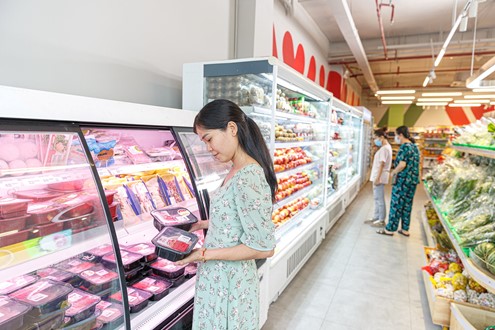
MEATDeli chilled meat has hit the shelves at nearly 4,000 points of sale nationwide. Photo: MML
|
According to experts in the field of meat supply, the common chilled meat production process in the world today is that the meat must be chilled immediately after slaughter.
Particularly, the meat needs to be lowered to a threshold temperature from zero to four degrees Celsius to inhibit the growth of most harmful bacteria and have enough time to transition to the biochemical ripening stage.
Chilled meat has enormous potential in Vietnam
Vietnam’s current GDP per capita is $3,700, near identical to China’s $3,500 in 2008. The figure is forecast to equal that of China in 2012, which was estimated at about $6,000, by 2027.
“With higher incomes, people’s living standards will improve, leading to an increase in consumption of branded, quality-assured, and convenient foods,” said a food expert in Ho Chi Minh City.
“Therefore, chilled meat is forecast to be increasingly favored by Vietnamese consumers.”
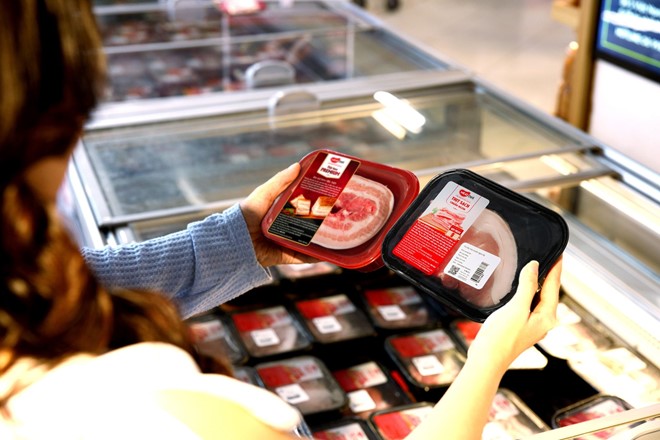
MEATDeli chilled meat products
|
Many companies in Vietnam have engaged in the production of chilled meat after realizing its great potential, including Masan MEATLife (MML), which launched MEATDeli, a chilled meat brand, in 2018 and is developing a factory in Ha Nam Province.
In 2020, MML expanded by opening the VND1.8-trillion ($72.4 million) MEATDeli Saigon complex.
MML mapped out a development plan to achieve a revenue of VND17.5 trillion ($704.2 million) by 2027, of which fresh meat will contribute nearly VND10 trillion ($402.4 million), equivalent to 20 percent of the market share of chilled meat in Vietnam in 2027.
This is projected on the basis of a 2012 chilled meat penetration rate of 14 percent in China.
The penetration rate of chilled meat in Vietnam is estimated to be around 12 percent by 2027, translating to a chilled meat market value of approximately VND51 trillion ($2.05 billion), according to MML.
According to experts, the success of WH Group, a Chinese supplier of chilled and processed meat with U.S.-famous brand Smithfield and Shuanghui in China, provides a good example for MML.
In the past 10 years, the contribution of chilled meat and processed meat to Shuanghui’s total meat production in China has increased from 10 percent to 25 percent and seven percent to 14 percent, respectively.
FiLi



